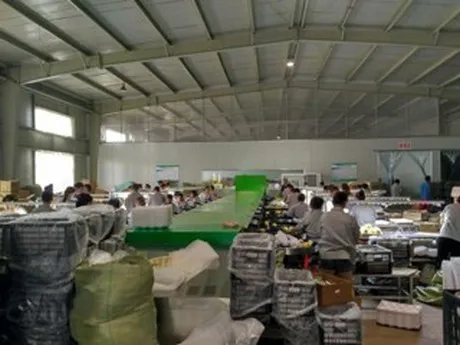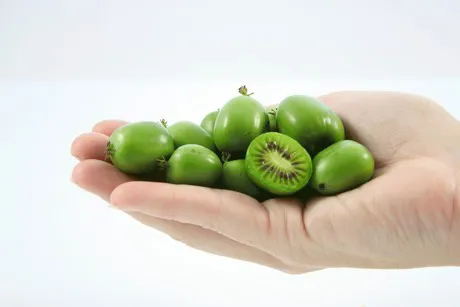



 Citrus greening disease keeps ravaging domestic citrus production. Growers in Southern provinces hope for a harsh Winter, which might slow the spread of the disease. So far, no definite cure is in sight. Growers are making changes to orchard design and planting techniques, which hopefully will start to bring some alleviation in the year to come.
Citrus greening disease keeps ravaging domestic citrus production. Growers in Southern provinces hope for a harsh Winter, which might slow the spread of the disease. So far, no definite cure is in sight. Growers are making changes to orchard design and planting techniques, which hopefully will start to bring some alleviation in the year to come.